Moc3021 / Moc3020 Thyristor Driver
₨ 40
The MOC3020 are designed for interfacing between electronic controls and power triac to control resistive and inductive loads for Vac operations. The principle used in opto-coupler is, MOC s are promptly available in integrated circuit form and dont require very complex circuitry to make them work. Simply give a small pulse at the right time to the LED in the package. The light produced by the LED activates the light sensitive properties of the diac and the power is switched on. The isolation between the low power and high power circuits in these optically connected devices is typically few thousand volts.
Features of MOC3020:
- 400 V Photo-TRIAC Driver Output
- Gallium-Arsenide-Diode infrared source and optically-coupled silicon triac driver
- High isolation 500 Vpeak
- Output driver designed for 220 Vac
- Standard 6-terminal plastic DIP
- Directly interchangeable with Motorola MOC3020, MOC3021 and MOC3022
Typical applications of MOC3020:
- Solenoid/valve controls
- Lamp ballasts
- Interfacing microprocessors to 115/240 Vac peripherals
- Motor controls
- Incandescent lamp dimmers
Application of MOC3020:
The circuit shown below is a typical circuit used for AC load control from microcontroller, one LED can be connected in series with MOC3021, LED to indicate when high is given from micro controller such that we can know that current is flowing in internal LED of the opto-coupler.The idea is to use a power lamp whose activation requires mains AC as opposed to a DC voltage. That s way, the mains AC power that we are trying to switch the lamp and no external power supply is required. To switch the AC current to the lamp, we have to use an opto-coupled triac, lamp and a diac is shown in circuit below. A triac is said to be as an AC controlled switch. It has three terminals M1, M2 and gate. A TRIAC, lamp load and a supply voltage are connected in series. When supply is ON at positive cycle then the current flows through lamp, resistors, diac, and gate and reaches the supply and then only lamp glows for that half cycle directly through the M2 and M1 terminal of the triac. In negative half cycle the same thing repeats. Thus the lamp glows in both the cycles in a controlled manner depending upon the triggering pulses at the opto isolator as seen on the graph below. If this is given to a motor instead of lamp the power is controlled resulting in speed control.
Be the first to review “Moc3021 / Moc3020 Thyristor Driver” Cancel reply
Related products
Commercial & Industrial
0.3mm 3d Printing Nozzle 3d Printer Accessories Mk8 Brass Nozzle In Pakistan
Stock Clearance, Lots
03214219864 Single Sided Pcb Manufacturing Pcb Prototyping Service
Arduino Modules Components
Arduino Modules Components
0.1mm Pcb Link Jumper Wire Copper Soldering Wire Maintenance Jump Line
DLD LAB CMOS , IC'S , Components
Pc120 Optocoupler Photocoupler Pc120 Dip4 Pc 120 Dip-4 Dip Optocoupler



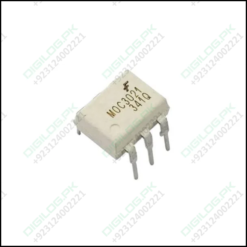
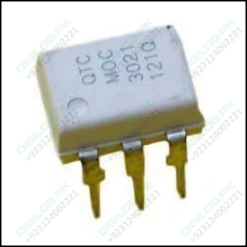
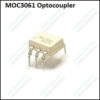




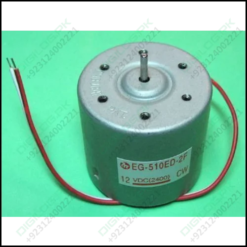


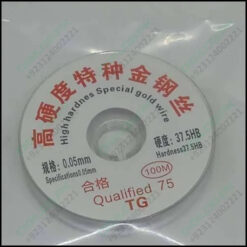

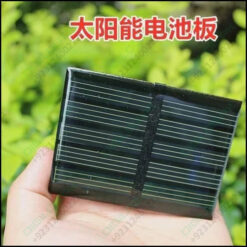
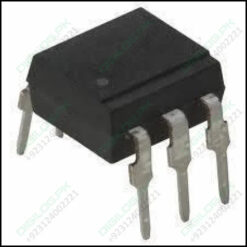
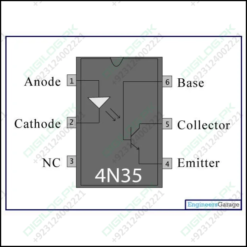
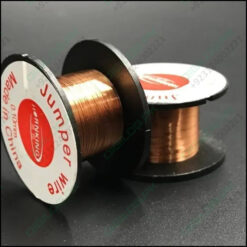
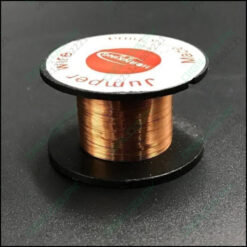
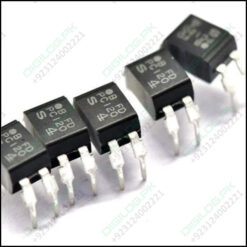
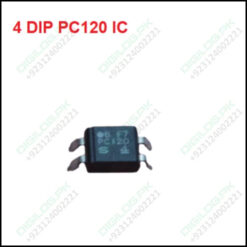
Reviews
There are no reviews yet.